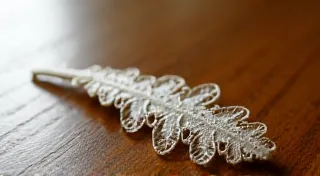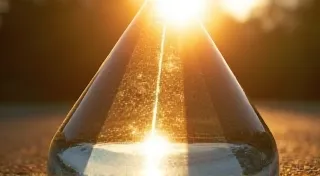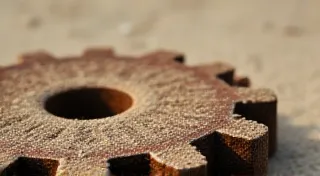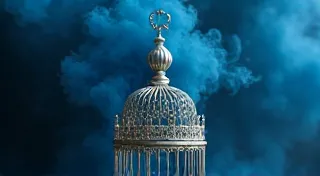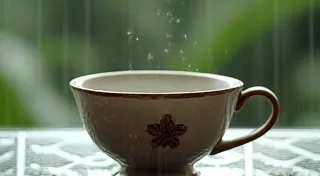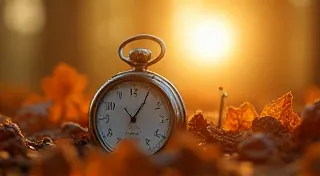A Legacy in Strands: Tracing Family Histories Through Hair Art Keepsakes
There's a quiet power held within a Victorian hair art piece. It's not the booming resonance of a dramatic pronouncement, but a hushed whisper across generations, a tangible link to lives lived and loved long ago. These intricate creations, often overlooked today, offer far more than just aesthetic appeal; they are vessels of memory, holding within their woven strands echoes of family histories, personal relationships, and the poignant beauty of a bygone era. To hold a piece of Victorian hair art is to hold a fragment of time, a tangible connection to the past that can evoke profound emotion and a deeper understanding of our lineage.
The Victorian period (roughly 1837-1901) was a time of significant cultural shifts, marked by mourning rituals, a fascination with sentimentality, and a blossoming of artistic expression. The early death rate, particularly among children, meant that bereavement was a common and deeply felt experience. Elaborate mourning practices evolved, extending beyond black clothing to encompass memorial objects, and hair art emerged as a particularly poignant form of remembrance. It was a way to keep loved ones close, transforming a symbol of loss—hair—into a lasting tribute.
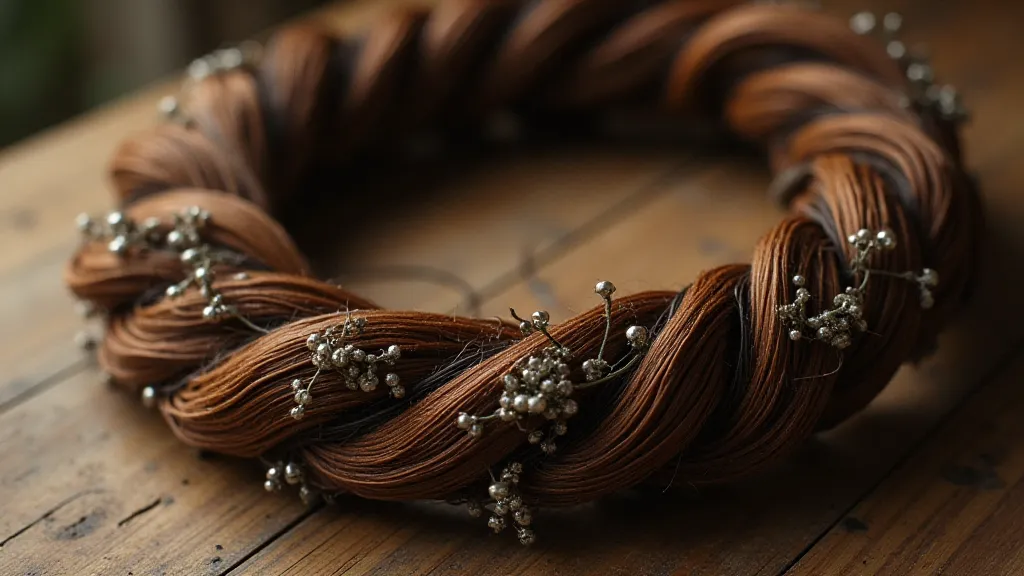
More Than Just Hair: The Craftsmanship and Meaning
Creating a piece of Victorian hair art was a labor of love, a testament to skill and devotion. The process was far more complex than simply gluing hair to a surface. Hair was carefully sourced—usually from deceased individuals, though sometimes living relatives contributed—and then meticulously prepared. It was often dyed, curled, and arranged in incredibly intricate patterns. Common techniques included braiding, weaving, roping, and knotting. The artistry extended beyond the hair itself; Victorian hair artists frequently incorporated seed beads, miniature portraits, dried flowers, and even watch parts into their creations, elevating the pieces into miniature works of art.
The symbolism embedded within these pieces was profound. The colors used – often shades of black, brown, and grey – represented mourning and remembrance. The arrangement of the hair itself could convey specific relationships. For instance, a central braid might represent the deceased, surrounded by smaller braids signifying their family members. The inclusion of initials or dates further personalized the artwork, transforming it into a biographical document.
A Personal Echo: Stories Woven in Strands
My own fascination with Victorian hair art began with a small, unassuming frame tucked away in my grandmother’s attic. Inside, a delicate mourning brooch, crafted from dark brown hair and interwoven with tiny seed pearls, lay almost forgotten. It wasn't a grand piece; it was humble, quiet, but it held a story. My great-great-grandmother, Eliza, had created it after the loss of her younger brother, Thomas, who succumbed to scarlet fever at the age of seven. It wasn't just a piece of jewelry; it was a testament to Eliza's grief, a tangible representation of her enduring love for a boy she’s likely held in her arms.
Holding that brooch, I felt a profound connection to Eliza, a woman I never knew. I imagined her sitting by candlelight, meticulously weaving Thomas's hair, each strand a prayer, a memory, a whispered goodbye. The brooch became more than just an antique; it was a portal to the past, allowing me to glimpse into the heart of a woman who had experienced unimaginable loss and found solace in the act of creation. The techniques employed were incredibly intricate, and understanding the various regional styles can reveal fascinating insights into the maker's background and training; it is a topic explored in greater detail when discussing Beyond Mourning: Hair Art as Decoration and Statement.
The significance of hair in Victorian culture extended beyond personal mourning. It was often viewed as a powerful and enduring symbol, capable of retaining a person's essence even after death. This perception fueled the creativity and artistry poured into these keepsakes, turning them into more than mere decorations—they became tangible expressions of grief, love, and remembrance.
Collecting and Preservation: Respecting a Delicate Legacy
Today, Victorian hair art is increasingly appreciated as both a historical artifact and a beautiful work of art. Collecting these pieces can be a rewarding experience, but it’s crucial to approach it with respect and sensitivity. Many pieces are fragile and require careful handling. Exposure to direct sunlight can damage the hair and dyes, so storage in a cool, dark place is essential. Framing materials can also be detrimental over time; acidic backing boards and glues can cause discoloration and deterioration.
Restoration of Victorian hair art is a delicate undertaking. While some surface cleaning may be possible with gentle methods, attempting extensive repairs is best left to experienced conservators who understand the materials and techniques involved. The focus should always be on preserving the piece's integrity and honoring the artist’s original intention. It's also worth noting that understanding how fragmented artifacts reveal clues about lost techniques is a constantly evolving field of study, as detailed in Lost Threads: Reconstructing Techniques Through Fragmented Artifacts. The challenges in preserving these delicate works of art are significant, and ensuring their survival for future generations requires a dedicated and informed approach.
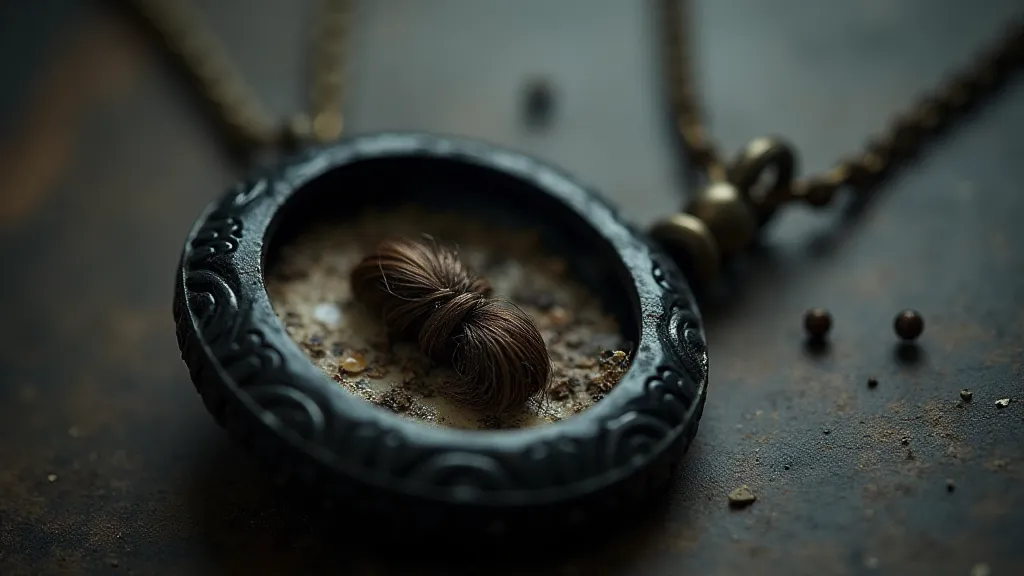
Beyond Remembrance: A Reflection of Victorian Values
Victorian hair art offers more than just a glimpse into mourning rituals; it also reflects broader Victorian values. The emphasis on sentimentality, the appreciation for craftsmanship, and the importance of family ties are all vividly embodied in these pieces. They serve as a reminder of a time when objects were imbued with meaning, when personal expression was intertwined with artistic creation, and when the act of remembering was elevated to a form of devotion. Furthermore, the variety of decorative styles—whether they leaned towards intricate memorial portraits or more straightforward embellishments—speak to the diverse tastes and aesthetic preferences of the era.
The very materials used—often inexpensive or readily available—highlighted Victorian resourcefulness and a focus on creating beauty and meaning from humble beginnings. This spirit of ingenuity and artistry continues to resonate today, as collectors and enthusiasts seek to understand and appreciate the historical and cultural significance of these remarkable creations. For those interested in the broader picture of how mourning practices shifted and adapted, exploring Beyond Mourning: Hair Art as Decoration and Statement offers a fascinating perspective.
The enduring appeal of Victorian hair art lies not only in its aesthetic beauty but also in its ability to connect us to a bygone era and to the individuals who created and cherished these remarkable keepsakes. They offer a glimpse into the hearts and minds of those who lived through a time of great change and loss, and serve as a powerful reminder of the enduring human need for connection, memory, and artistic expression.
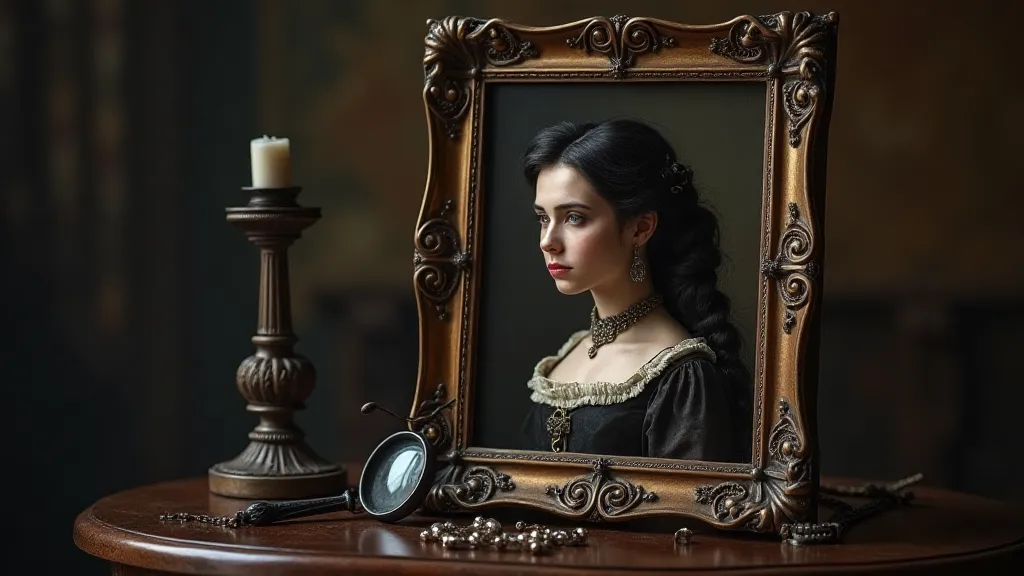
The popularity of these keepsakes was influenced by a confluence of factors, including advancements in hair processing techniques, the widespread availability of framing materials, and the increasing emphasis on personal and familial memory within Victorian society. As a result, Victorian hair art flourished as a unique and enduring form of artistic expression, leaving behind a legacy of intricate beauty and poignant remembrance. Understanding the difficulties of preserving these fragile creations and gaining insight into the evolving methods employed in their repair is essential to ensuring their survival for generations to come.
Ultimately, the legacy of Victorian hair art extends far beyond its artistic merit; it serves as a testament to the human spirit's ability to find solace, beauty, and connection in the face of loss. These delicate strands whisper stories of love, loss, and enduring connections, offering us a unique and poignant window into the world of our ancestors – a world where even hair could become a lasting testament to the human heart.
